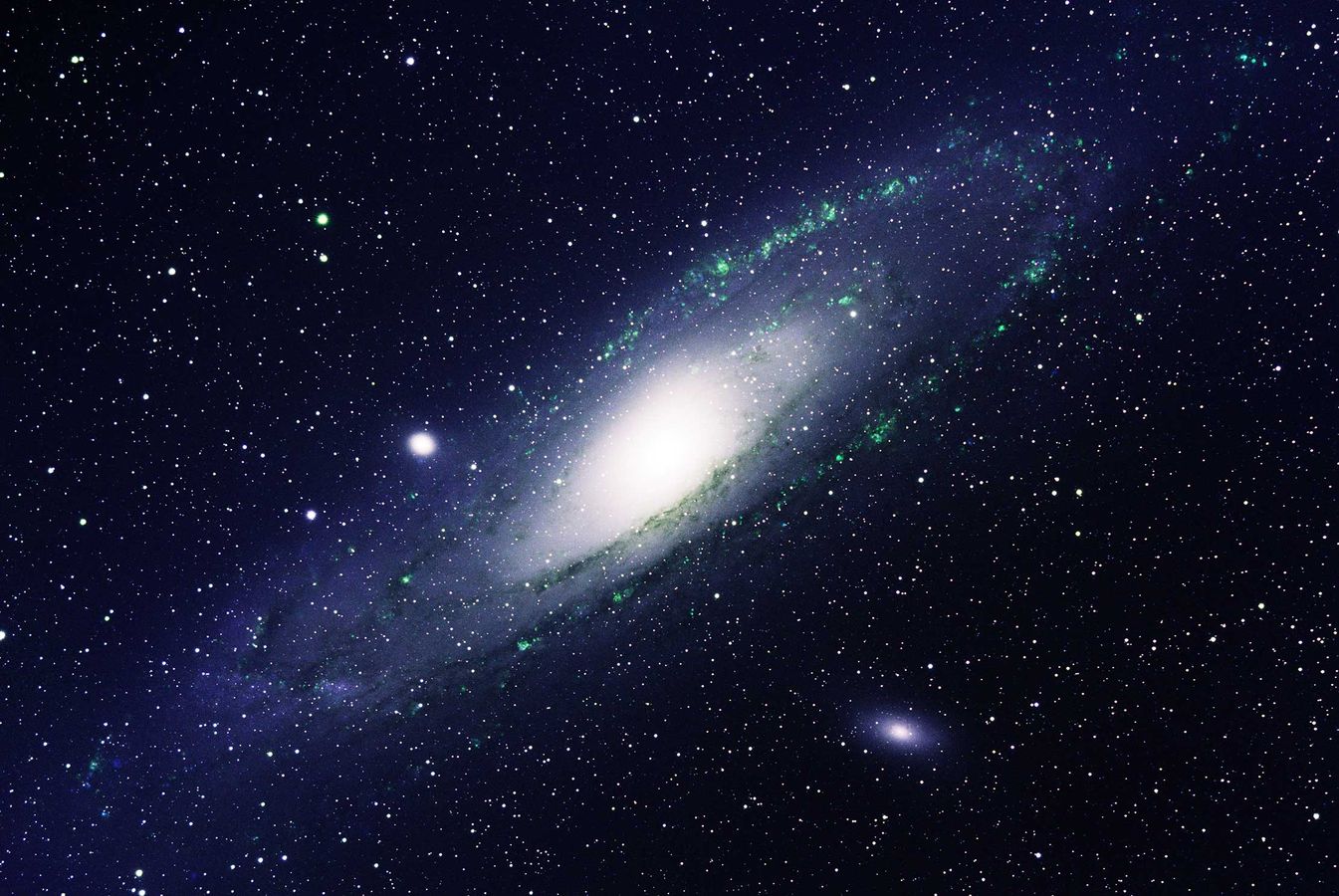
'Draco delivers shock': Twin planets found that don't exist in our solar system
Produced by: Mohsin Shaikh

Representative pic

Exoplanet Twins
Two strange new worlds—one rocky, one gassy—have emerged 250 light-years away, orbiting a cool sun-like star in Draco. They defy the patterns we see in our own solar system.
Representative pic

Cosmic Rarity
They’re a super-Earth and a sub-Neptune—planet types missing from our neighborhood but ruling the galaxy. Why our system lacks them is still one of astronomy’s big questions.

Racing Inferno
TOI-1453 b, the inner planet, completes an orbit in just 4.3 days. That’s blazing fast—and hints it’s a searing rocky world hugging its star like Mercury on overdrive.

Fluffy Mystery
TOI-1453 c is a cosmic puffball—2.2 times Earth’s size but with barely triple the mass. Its ghostly density suggests either a watery core or a thick, gassy envelope. No one knows for sure.

Draco Host
Their host star, part of a binary system in the Draco constellation, is smaller and cooler than our Sun—perfect for studying temperate planets with intriguing atmospheres.
Credit NASA

Double Proof
NASA’s TESS spotted their shadows; HARPS-N confirmed their tug. These two precise techniques together gave us size, mass, and a peek into what they’re made of.

Orbital Tango
These planets dance in a near 3:2 resonance—an elegant rhythm likely shaped by ancient migration. It’s a clue to how planets shift positions during early system formation.
Representative pic

Atmosphere Target
With its eerie lightness, TOI-1453 c is a dream for the James Webb Telescope. If it has a hydrogen-rich veil or deep water content, it could rewrite the book on sub-Neptunes.

Galactic Window
This discovery isn’t just about new worlds—it’s about new rules. These two oddballs may help us understand the chaotic creativity of planetary birth across the galaxy.